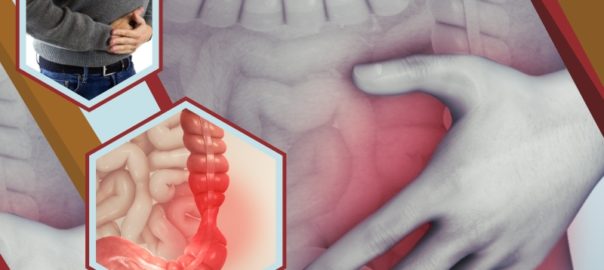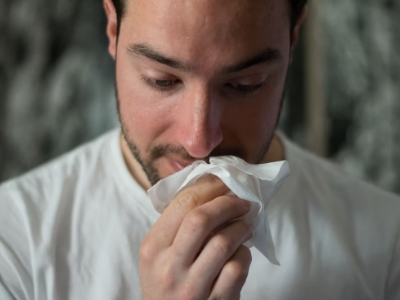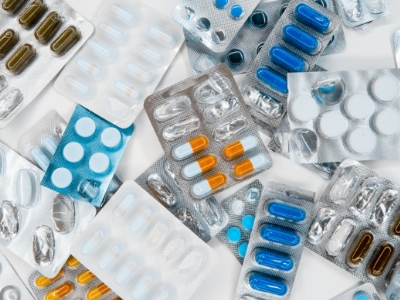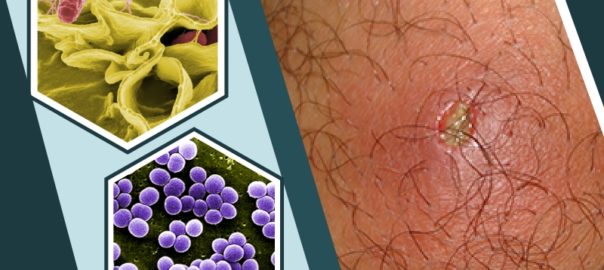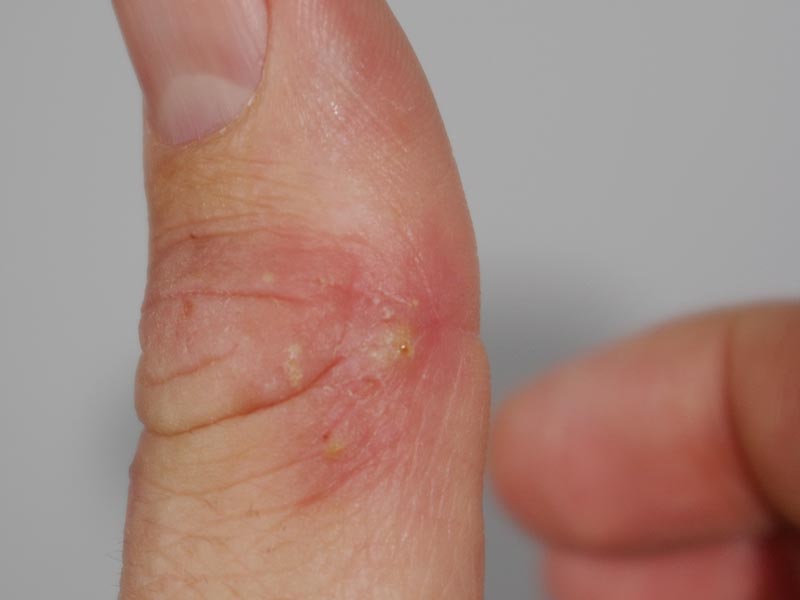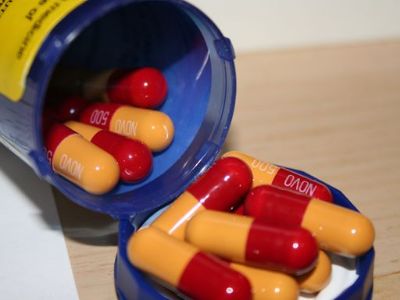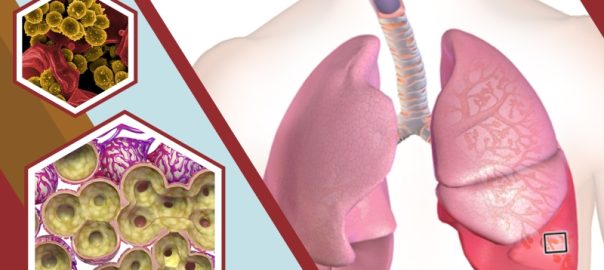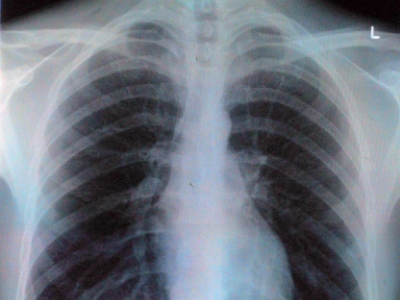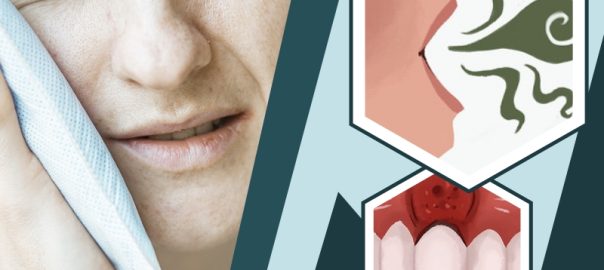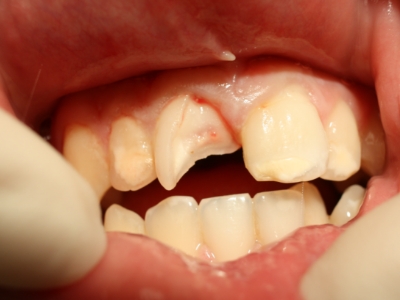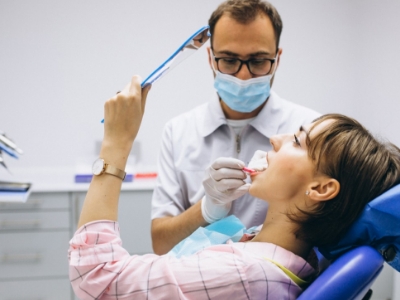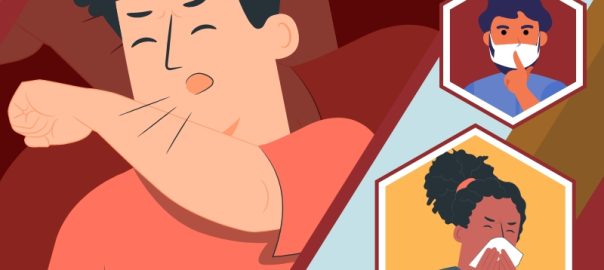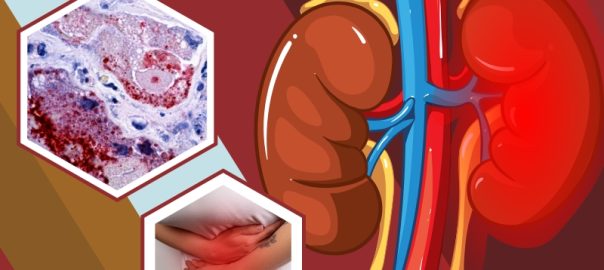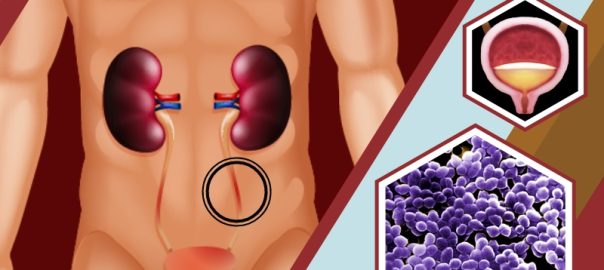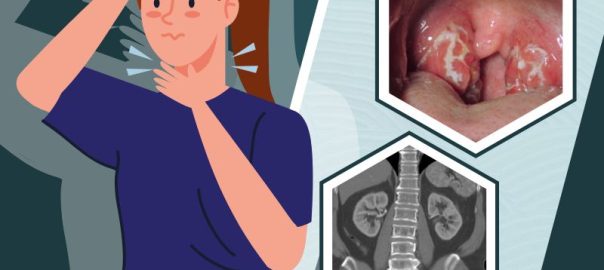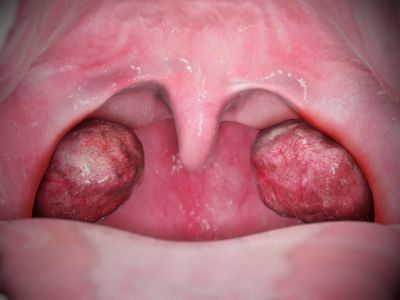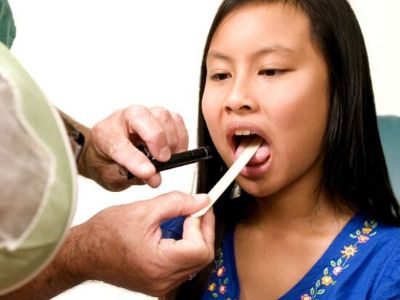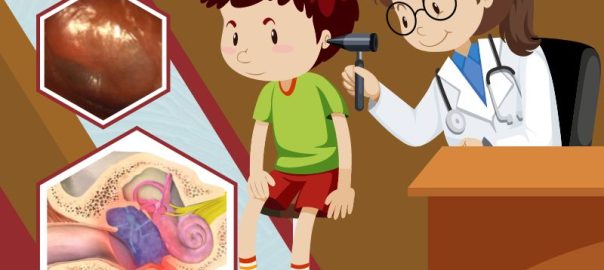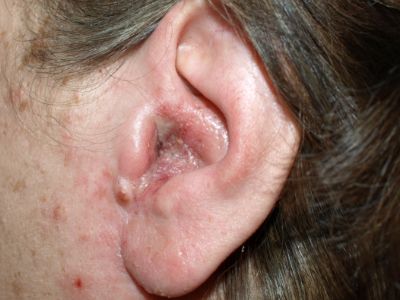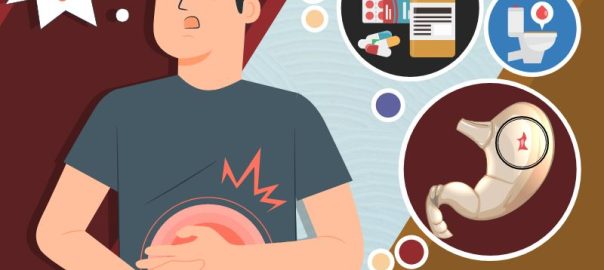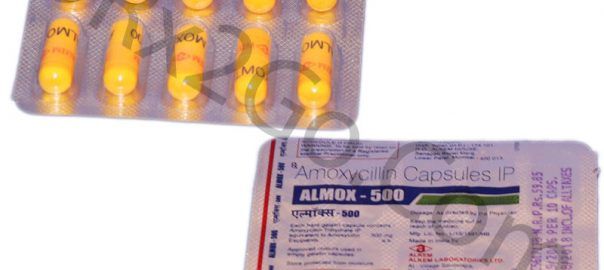Triggers of Irritable bowel syndrome affect the large intestine. Cramping, abdominal pain, bloating, gas, and diarrhea or constipation are the signs and symptoms of IBS. Only a small number of people with IBS have severe signs and symptoms. Some people can control their symptoms by managing their diet, lifestyle, and stress. More severe symptoms can be treated with medication and counseling.
What Triggers Irritable Bowel Syndrome?

Irritable Bowel Syndrome symptoms can be triggered by:
- Stress – most people with IBS have worse or more frequent signs and symptoms during periods of increased stress. While stress may aggravate symptoms, it doesn’t cause them.
- Food – food allergy rarely causes IBS, but many people have worse symptoms when they eat or drink certain foods or beverages, including wheat, citrus fruits, dairy products, cabbage, beans, milk, and carbonated drinks.
What Causes Irritable Bowel Syndrome?
- Muscle contractions in the intestine – Contractions that are stronger and last longer than normal can cause gas, bloating, and diarrhea. Weak intestinal contractions can slow food passage and lead to hard, dry stools.
- Nervous system – Abnormalities in the nerves in your digestive system may cause you to experience greater than normal discomfort when your abdomen stretches from gas or stool.
- Severe infection – IBS can develop after a severe bout of diarrhea caused by bacteria or a virus.
- Changes in gut microbes – changes in bacteria, fungi, and viruses, which normally reside in the intestines and play a key role in health.
How To Diagnose Irritable Bowel Syndrome?
During the first visit, your doctor will likely conduct a complete medical history, a physical examination, and tests to rule out other conditions. Your doctor will most likely use one of the following sets of diagnostic criteria for IBS once other possible causes have been ruled out:
- Rome criteria: These criteria include abdominal pain and discomfort lasting on average at least one day a week in the last three months.
- Type of IBS: For treatment, IBS can be divided into three types, based on your symptoms: constipation-predominant, diarrhea-predominant or mixed.

Warning Symptoms of Irritable Bowel Syndrome
- Rectal bleeding
- Fever
- The onset of signs and symptoms after age 50
- Weight loss
- Nausea or recurrent vomiting
- Anemia related to low iron
- Abdominal pain, especially if it’s not related to a bowel movement, or occurs at night
- Diarrhea that is persistent or awakens you from sleep
Treatment for Irritable Bowel Syndrome
The following types of drugs are used to treat IBS:
- Antibiotics such as Amoxicillin
- Bulking agents




